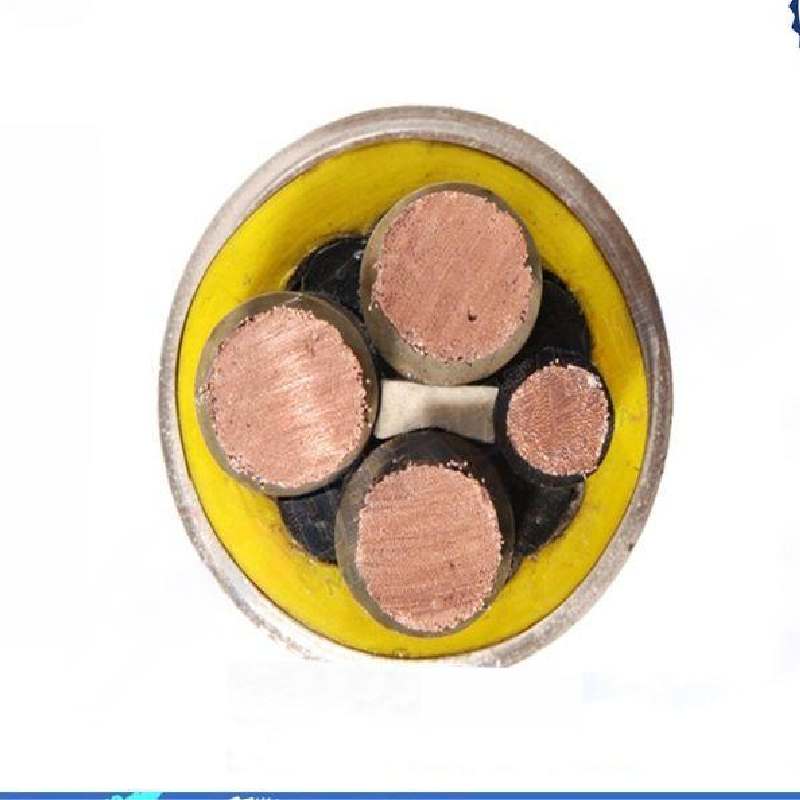Novemba . 18, 2024 18:13 Back to list
Understanding the Functionality and Applications of Ball Check Valves in Fluid Systems
Understanding Ball Check Valves Function and Applications
A ball check valve is a crucial component in various fluid handling systems, known for its simplicity and efficiency in preventing backflow. This device employs a spherical ball as its sealing mechanism, which effectively allows fluid to flow in one direction while automatically ceasing flow in the opposite direction when necessary. This article explores the construction, functionality, advantages, and common applications of ball check valves.
Construction and Operation
The ball check valve consists of a few key components a spherical ball, a seat (often made of a durable material such as rubber or plastic), a body, and an inlet and outlet for fluid flow. The fluid enters the valve from the inlet side, pushing the ball away from the seat due to pressure. This action allows fluid to flow through the valve to the discharge side. However, if the flow direction reverses or if the fluid's pressure drops, gravity or back pressure causes the ball to move back and seal against the seat, preventing any potential backflow.
This straightforward mechanism is what makes ball check valves popular in various industries. Their design minimizes the risk of leaks and ensures reliable sealing, even in high-pressure situations.
Advantages of Ball Check Valves
One of the major advantages of ball check valves is their minimal pressure drop. Unlike some other types of check valves, which may create turbulence in the flow path, ball check valves provide a smooth passage for the fluid, which is particularly important in systems where maintaining pressure is crucial.
Another benefit is their durability. Ball check valves can handle a wide range of temperatures and pressures, making them suitable for diverse applications, from water systems to HVAC (Heating, Ventilation, and Air Conditioning). The simplicity of their design also means that they require very little maintenance, which can lead to reduced operational costs over time.
ball check valve

Moreover, ball check valves come in various sizes and materials to cater to different liquid types, whether they be corrosive, viscous, or of varying solid content. This adaptability ensures that they can be utilized in numerous industries, including plumbing, wastewater treatment, and food processing.
Common Applications
Ball check valves are employed in a variety of applications due to their effectiveness in preventing backflow. In plumbing systems, they are often used to protect drinking water supplies from contamination by stopping any reverse flow from contaminated areas. Similarly, in wastewater treatment facilities, these valves help maintain one-way flow, ensuring that treated water does not flow back into the processing system.
In industrial settings, ball check valves play a vital role in maintaining safety in fluid handling operations. They can be found in pipelines transporting chemicals, as they help prevent any undesired backflow that could lead to spills or contamination.
These valves are also essential in the agricultural sector, particularly in irrigation systems, where they assist in maintaining pressure within the system and preventing the backflow of potentially contaminated water into clean water supplies.
Conclusion
In conclusion, ball check valves are indispensable components in fluid systems across various industries. Their simple yet effective design ensures that backflow is prevented, protecting equipment and ensuring safe fluid handling. With their durability, minimal maintenance requirements, and adaptability, they continue to be a popular choice for engineers and technicians seeking reliable flow control solutions. As industries evolve and demand for efficient energy management grows, the importance of such components will only increase, solidifying the role of ball check valves in modern infrastructure.
Share
-
Reliable Wafer Type Butterfly Valves for Every IndustryNewsJul.25,2025
-
Reliable Flow Control Begins with the Right Ball Check ValveNewsJul.25,2025
-
Precision Flow Control Starts with Quality ValvesNewsJul.25,2025
-
Industrial Flow Control ReliabilityNewsJul.25,2025
-
Engineered for Efficiency Gate Valves That Power Industrial PerformanceNewsJul.25,2025
-
Empowering Infrastructure Through Quality ManufacturingNewsJul.25,2025